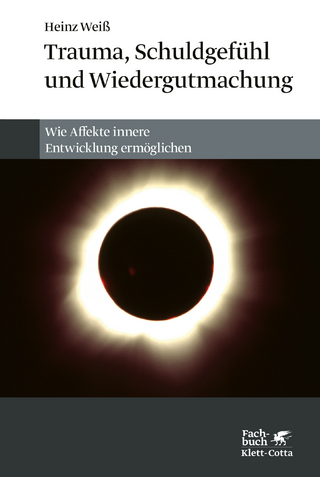
A First Course in Causal Inference
Chapman & Hall/CRC (Verlag)
978-1-032-75862-6 (ISBN)
The past decade has witnessed an explosion of interest in research and education in causal inference, due to its wide applications in biomedical research, social sciences, artificial intelligence etc. This textbook, based on the author's course on causal inference at UC Berkeley taught over the past seven years, only requires basic knowledge of probability theory, statistical inference, and linear and logistic regressions. It assumes minimal knowledge of causal inference, and reviews basic probability and statistics in the appendix. It covers causal inference from a statistical perspective and includes examples and applications from biostatistics and econometrics.
Key Features:
All R code and data sets available at Harvard Dataverse.
Solutions manual available for instructors.
Includes over 100 exercises.
This book is suitable for an advanced undergraduate or graduate-level course on causal inference, or postgraduate and PhD-level course in statistics and biostatistics departments.
Peng Ding is an Associate Professor in the Department of Statistics at UC Berkeley. His research focuses on causal inference and its applications.
Preface
Part 1: Introduction
1. Correlation, Association, and the Yule–Simpson Paradox
2. Potential Outcomes
Part 2: Randomized experiments
3. The Completely Randomized Experiment and the Fisher Randomization Test
4. Neymanian Repeated Sampling Inference in Completely Randomized Experiments
5. Stratification and Post-Stratification in Randomized Experiments
6. Rerandomization and Regression Adjustment
7. Matched-Pairs Experiment
8. Unification of the Fisherian and Neymanian Inferences in Randomized Experiments
9. Bridging Finite and Super Population Causal Inference
Part 3: Observational studies
10. Observational Studies, Selection Bias, and Nonparametric Identification of Causal Effects
11. The Central Role of the Propensity Score in Observational Studies for Causal Effects
12. The Doubly Robust or the Augmented Inverse Propensity Score Weighting Estimator for the Average Causal Effect
13. The Average Causal Effect on the Treated Units and Other Estimands
14. Using the Propensity Score in Regressions for Causal Effects
15. Matching in Observational Studies
Part 4: Difficulties and challenges of observational studies
16. Difficulties of Unconfoundedness in Observational Studies for Causal Effects
17. E-Value: Evidence for Causation in Observational Studies with Unmeasured Confounding
18. Sensitivity Analysis for the Average Causal Effect with Unmeasured Confounding
19. Rosenbaum-Style p-Values for Matched Observational Studies with Unmeasured Confounding
20. Overlap in Observational Studies: Difficulties and Opportunities
Part 5: Instrumental variables
21. An Experimental Perspective of the Instrumental Variable
22. Disentangle Mixture Distributions and Instrumental Variable Inequalities
23. An Econometric Perspective of the Instrumental Variable
24. Application of the Instrumental Variable Method: Fuzzy Regression Discontinuity
25. Application of the Instrumental Variable Method: Mendelian Randomization
Part 6: Causal Mechanisms with Post-Treatment Variables
26. Principal Stratification
27. Mediation Analysis: Natural Direct and Indirect Effects
28. Controlled Direct Effect
29. Time-Varying Treatment and Confounding
Part 7: Appendices
A. Probability and Statistics
B. Linear and Logistic Regressions
C. Some Useful Lemmas for Simple Random Sampling From a Finite Population
| Erscheinungsdatum | 10.07.2024 |
|---|---|
| Reihe/Serie | Chapman & Hall/CRC Texts in Statistical Science |
| Zusatzinfo | 11 Tables, black and white; 51 Line drawings, black and white; 51 Illustrations, black and white |
| Sprache | englisch |
| Maße | 178 x 254 mm |
| Gewicht | 852 g |
| Themenwelt | Geisteswissenschaften ► Psychologie ► Allgemeine Psychologie |
| Mathematik / Informatik ► Mathematik | |
| ISBN-10 | 1-032-75862-7 / 1032758627 |
| ISBN-13 | 978-1-032-75862-6 / 9781032758626 |
| Zustand | Neuware |
| Haben Sie eine Frage zum Produkt? |
aus dem Bereich


